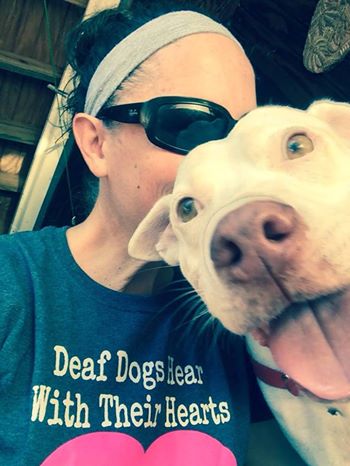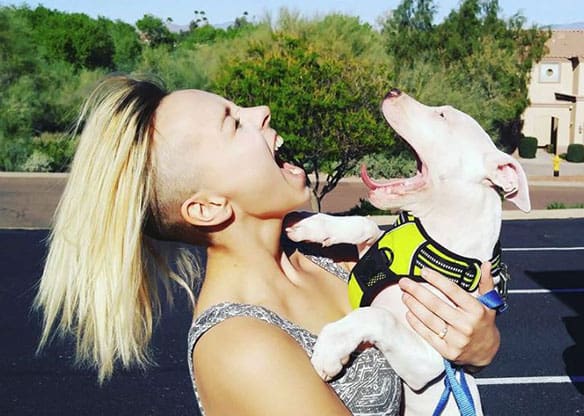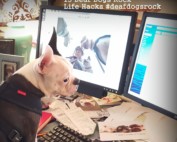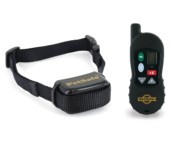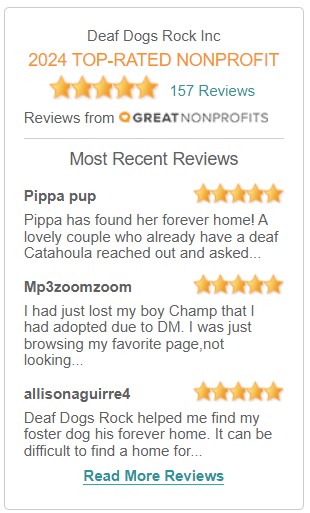Welcome our guest blogger, friend, professional trainer, author, deaf dog advocate, speaker, and rocker chick Terrie Hayward.
Without a doubt deaf dogs certainly do rock! by Terrie Hayward
My introduction to deaf dogs began few years ago when my neighbor rescued an all white dog and we decided to adopt her and named her Blanca. After several days we started to question whether she might not be able to hear. Folks could approach her while she was sleeping and she didn’t awaken until they were right next to her or even until they touched her.
Prior to this experience, I’d never given much thought to deaf dogs. However, now the challenge of communicating with Blanca offered new options, trials, and opportunities. It was exciting and at the same time a little bit overwhelming.
Again, while I hadn’t given it much consideration before, suddenly, this entire “new” world of of communication became extremely salient. This visual language world which I’d previously not considered in this same light was now at the forefront of my priorities.
As a professional trainer I knew that my first task in helping Blanca to understand what behaviors I wanted to see more of (examples: sitting, looking at me, getting her attention) and which ones I’d prefer she not repeat (for starters: jumping, mouthing, barking lots, and counter surfing) was to establish a mode of communication.
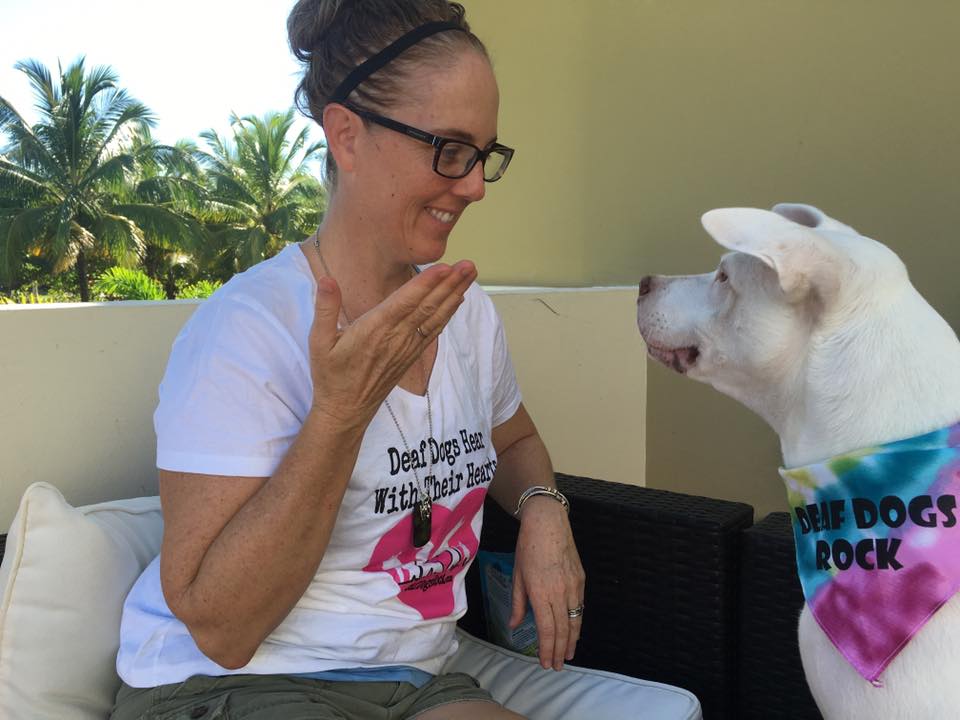
I needed to create a meaningful and clear way to interact. Blanca and I had to have a signal that would let her know that I liked what she did and that she had now earned access to something that she found reinforcing. This signal is known as a marker.
The first step in letting her know that this marker had value for her was what we call “conditioning the marker.” Whereas with a hearing dog, one might use a clicker, a whistle, or a verbal marker (a word, like, “yes” or “good”), with this deaf dog I wanted to have a marker that she could see.I determined that a “hand flash,” whereby I closed, opened, and closed my fist quickly would serve this purpose. This hand flash signal became her visual marker or “clicker.”
To help Blanca to understand that this marker meant, “Yes! That’s what I want and now you get access to something that you like! Good work!” I paired the marker (hand flash) with a small, tasty treat for several repetitions in a row. Quickly she caught on that each time made that hand motion it was followed up with a treat. She liked this game!
I noted that although I was quite proficient with my auditory markers, the speed with which I needed to coach her behavior and mark with appropriate timing was, at first, a challenge. It was a good challenge, however, as I quickly improved my accuracy and response speed and our mutual understanding continued to gain momentum!
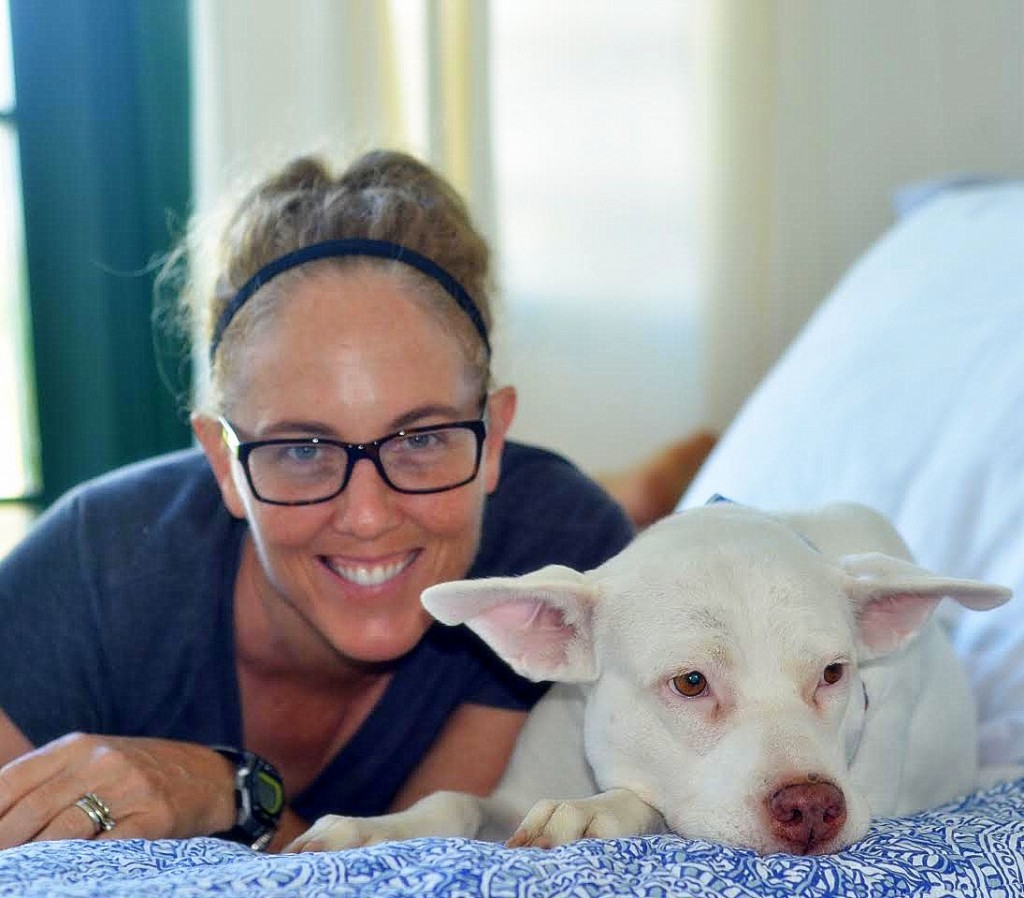
While I now utilize some standard American Sign Language (ASL) signs with her, we also have created our own meaningful visual cues. However, I also have a personal interest in pushing my own continued learning of ALS as a result of our learning together. I have Blanca to thank for this new found (to me) world of communication options.
As dogs (most animals, really) generally consider visual communication more meaningful than verbal, it stands to reason that communicating with a deaf dog is amazingly efficient. To someone who is accustomed to using a verbal language, this transition, at first, may take a bit of practice. However, the rewards are great as you see yourself opening up new avenues for understanding and developing alternative skills for expression.
I now find that I am incredibly grateful for the learning opportunity afforded to me via working with deaf dogs and continuing to learn and grow my communication and observation skills as a result.
Terrie Hayward is a certified, professional animal trainer and the owner of PAW-Positive Animal Wellness, LLC in Rincon, Puerto Rico. She is the author of the pocket guide to working with deaf dogs titled, “[easyazon_link identifier=”1507578261″ locale=”US” tag=”deafdogsrock-20″]A Deaf Dog Joins the Family, Training, Education, and Communication for a Smooth Transition[/easyazon_link].”
A Deaf Dog Joins the Family: Training, Education, and Communication for a Smooth Transition
16 used from $1.85
Additionally, Terrie specializes in canine Separation Anxiety cases. She works with families and their animal companions, presents workshops, travels, and consults focusing on positive reinforcement interactions and modifying behavior through applications in behavior analysis.
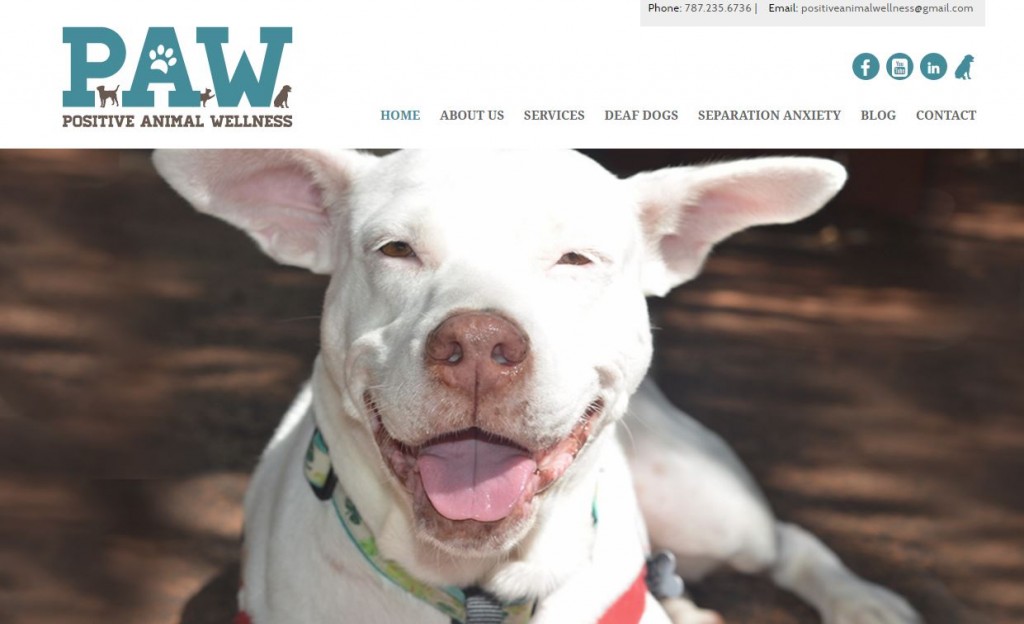
Terrie holds a Master’s Degree in Education, is a Karen Pryor Academy Certified Training Partner and Faculty member, and is Certified by the Council for Professional Dog Trainers. Additionally, she is an Associate Certified member of the International Association of Animal Behavior Consultants, is a Professional Member of The Pet Professional Guild, and has taken many certificate courses including the BehaviorWorks Professional Course, and Ken Ramirez’s Professional Animal Training Seminar.
For more information and articles visit her website at positiveanimalwellness.com and/or her FaceBook page at https://www.facebook.com/PositiveAnimalWellness.

